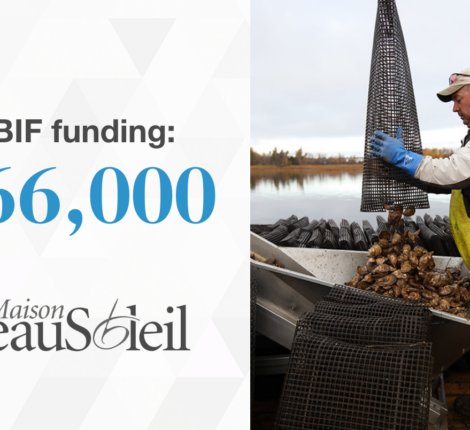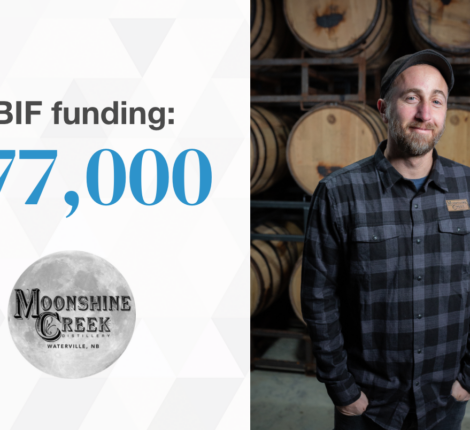- March 19, 2010
- Innovation Insights
- Comments : 0
Gov’t gives N.B. Innovation Foundation $5M
By Times & Transcript | Link to original article
FREDERICTON – A New Brunswick organization which funds start-up companies and projects with capital and research funding has been given an additional $5 million from the provincial government.
With the funding, the New Brunswick Innovation Foundation (NBIF) will be able to continue its current mandate through to 2011-12.
Premier Shawn Graham made the funding official last night at a foundation gala in Fredericton, attended by 400 people who immediately applauded the announcement.
“This extra funding will ensure the foundation can continue to fulfill its mandate by helping New Brunswick innovators to bridge the gap between research and enterprise,” said Graham.
The NBIF was created in 2002 with $30 million in funding from the provincial government and, altogether, has funded 778 research projects since its inception.
Graham gave credit to the NBIF for its efforts and success in reducing overhead costs by about 30 per cent since 2006, adding that “more of this money will go directly into research.”
The provincial government says the funding is important at this time because venture capital is at its lowest in decades.
At last night's gala, three applied researchers in the province were honoured for the excellence and innovation.
They included: Yahia Djaoued, a chemistry professor at l'Universite de Moncton in Shippagan, who's working on turning shrimp extract into a human dietary supplement; Suzanne Currie, a biology professor at Mount Allison University, who is researching how marine life adapts to fluctuating ocean conditions; and Thierry Chopin, a University of New Brunswick-Saint John biology professor, who is developing an integrated aquaculture system that mimics a natural ecosystem.
The NBIF was first created to support economic growth through targeted investments in research, individual companies and key industrial clusters, including IT and the e-economy, advanced manufacturing, plastics, environmental services and the bio-economy.


